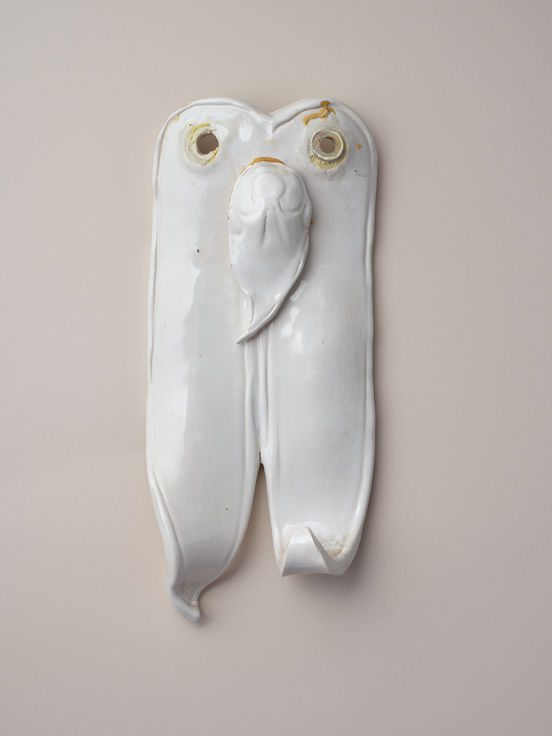In the early 1980s, Ian Athfield and design team Ian Dickson, Graeme Boucher and Clare Athfield conceived of a building to conjure the strangeness and wonder of a sacred space. The First Church of Christ Scientist in Wellington did just that. A whale-like street-side form was designed to accommodate the church organ — and on its roof was a staircase that appeared to have been created for the sheer imagining of its rise.
In October 2022 the building was demolished, the site sold by the church to make way for high-density apartments in the city. In the months preceding the building’s demise, and with no remaining ways to save it,efforts were made to retrieve artworks commissioned at the time of the church’s design: stained-glass windows by James Walker, ornate ceramic capitals by Clare Athfield, Darren Matthews and Neville Porteous, and a vast Doreen Blumhardt tiled wall.
This exhibition brings together fragments from the building and its loss. Photographs by Simon Devitt of the demolition offer glimpses of the heart of the church – an octagonal auditorium rendered in pink and creamy whites. Ian Athfield’s audacious bent columns once flanked a rostrum designed for effect with mirrored ceiling and reflecting pool. It was a space of dappled light and spectral possibility.
The title references the small fraction remaining today of the building and its crafted artworks — as well as the generous 5 per cent budget allocated at the time of design to the contributing artists.
Less than 5 per cent includes an inventory of the surviving ceramic floral capitals and evidence of Doreen Blumhardt’s tiles (saved furtively in the church’s final hours). It is an incomplete record of the building’s life and making, of a special place no longer there.

Clare Athfield, Darren Matthews and Neville Porteous, Ceramic capital from the First Church of Christ Scientist, c. 1983, photograph by Sam Hartnett



